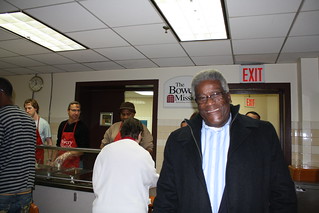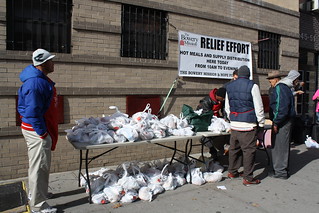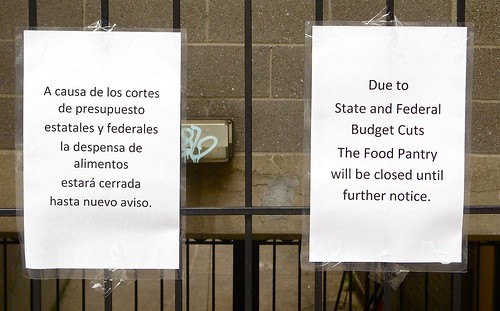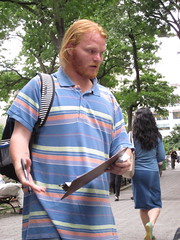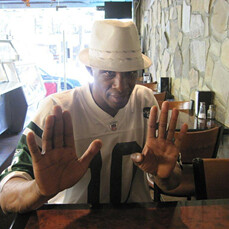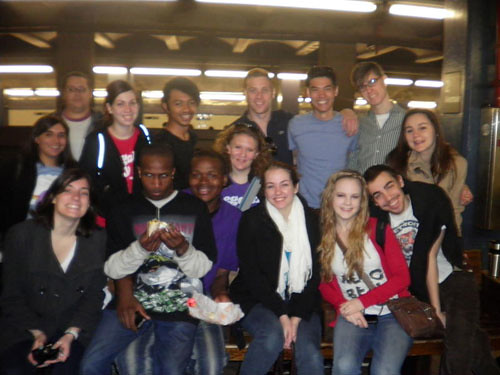At exactly 4:45 a.m. everyday, Albert Alston flicks on the lights to rouse the men asleep on what passes for a dormitory annex at the Bowery Mission–its chapel floor and pews. “I do it the same way I did it as a platoon sergeant,” he said. “I know I just have to get them up.”
Sometimes the men wake weary-eyed and waspish, but not usually. “Sergeant” Alston’s gruff voice and wide grin are part of a routine they’ve come to expect when sleeping at the Mission this winter, as temperatures drop and it’s become too cold to stay outside.
They turn to the Mission for shelter in extreme weather-induced emergencies, too, as we saw last month, when it became a refuge for many neighborhood residents without power during Hurricane Sandy, as well as when the Nor’easter dropped that thick coat of snow soon after. But even before the storms, the staff was braced for its annual winter increase in homeless patrons, which can mean up to 50 percent more than the usual 700 meals to serve, and twice as many men to lodge.
“The elements can kill them,” Matt Krivich explained. He’s the mission’s director of operations. “We’ve lost a couple of our guests before to hypothermia. That’s why we open up our chapel.” Krivich and the Mission’s other staff–many once homeless themselves–have an open-door policy for anyone seeking shelter from the cold.
When temperatures drop below 40 degrees, the Mission provides regular shelter to 80 men in its residential recovery program and emergency shelter to up to 80 more, making room for 30 in the dining room in addition to the 50-plus it can handle in the chapel. During some snowy weeks last winter, the Mission even allowed community members to sleep in the serving line near the kitchen.
“How can you turn somebody away when you’ve got space?” Krivich said. “If it’s just up on stage, if it’s in the serving line?”
As the chapel usher, Alston helps organize the emergency housing guests, part of the group known here as the “community.” Though other staff caution that the community can be “rough,” Alston gets along with them.
“That’s only because I give them the same respect they give me,” he said.
It might also be because the 56-year-old Alston, soft-spoken with bright eyes, is down on his luck, too. He lost his job at a Canarsie metal yard in September because “they decided to keep all them younger guys.” Shortly after, Alston’s landlord decided to sell his apartment building in Brooklyn. Not wanting to burden his mother, Alston went to a veteran’s organization in the Bedford-Stuyvesant section of Brooklyn looking for a place to live. The organization connected him with the Mission, which had a spot free in their residency program.
Alston’s been here for two months, living in the actual dorm above the chapel. As part of his new job, he shepherds the community into pews for service three times a day before the kitchen opens. Read more…





